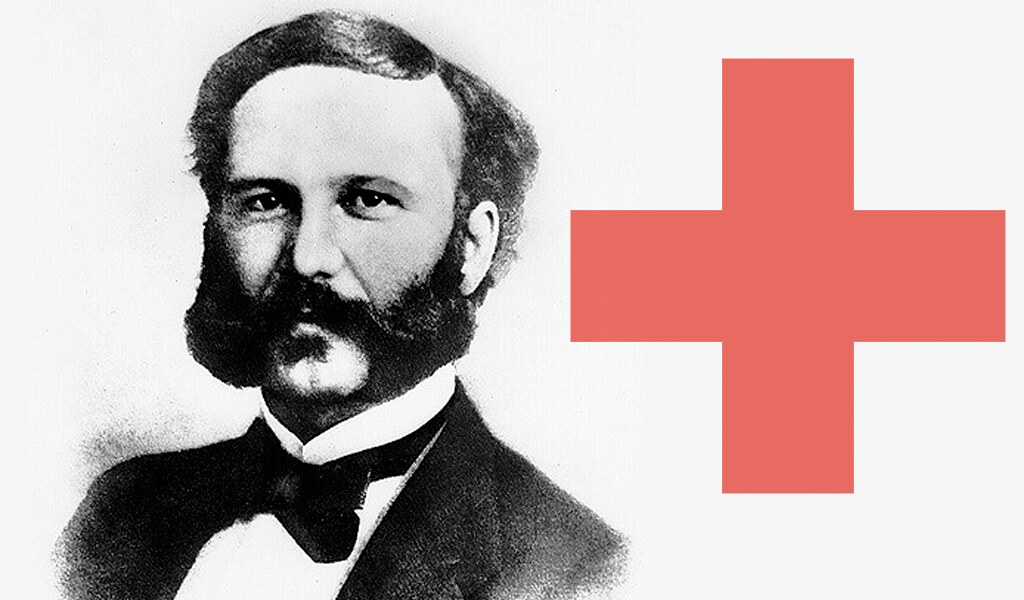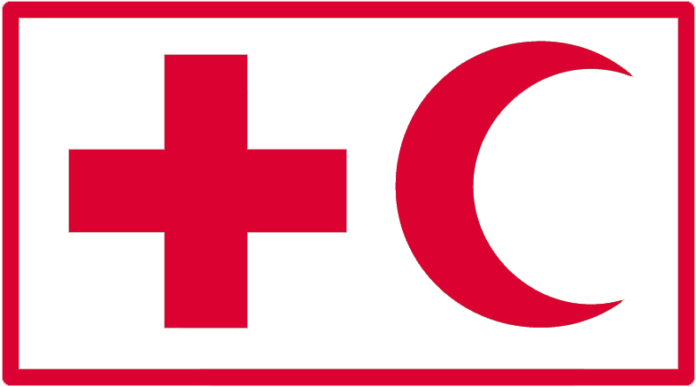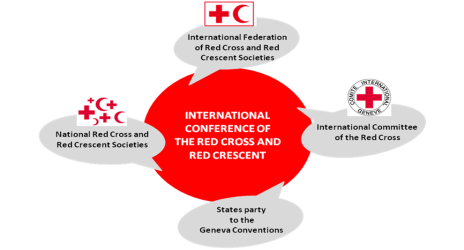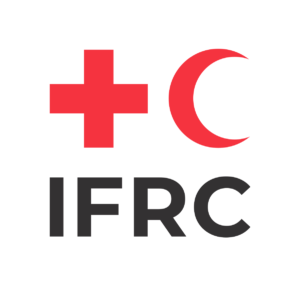Our History

For nearly 160 years, the Red Cross and Red Crescent movement has been a globally recognized and respected relief organization, alleviating the suffering of millions worldwide through its countless humanitarian activities. Its inception is attributed to Jean Henry Dunant, who, after witnessing the harrowing conditions of wounded soldiers at the Battle of Solferino in Italy, spearheaded the birth of the Red Cross. With the support of like-minded individuals in Geneva, Dunant established the International Committee for Relief to the Wounded, later evolving into the International Committee for the Red Cross. In a significant gathering in October 1863, attended by representatives from 16 countries, protocols for aiding wounded soldiers were defined, marking the movement’s official foundation.
Originating in the crucible of battle, the Red Cross initially aimed to ameliorate the plight of injured soldiers. However, over the past 150 years, the organization has adapted to the evolving global landscape, extending its activities to cater to diverse needs in times of both peace and conflict. The Atur Sangtani Red Cross House stands as a testament to this growth, with its significant premises created under the leadership of the Red Cross Chairman, generating essential funds through rental agreements with esteemed institutions. In addition, the pivotal role played by Dr. Bandorawalla, who served as Secretary of the Red Cross, Pune, in 1955, cannot be overstated, as his efforts led to the establishment of the Blood Bank, a pivotal contribution to the organization’s enduring impact.

Emblem

A Red Cross on a white background was adopted in 1863 as the movements emblem, with the specific purpose, namely , to ensure the protection of the wounded in war and those who care for them. States (Govt) party to Geneva Conventions ensure strict regulations to prevent the abuse of the Red Cross emblem. The emblem may only be displayed on vehicles, air crafts, ships, buildings and installations assigned to transport and shelter the wounded and by the personnel who care for them.
1876 saw the Turkish government’s adoption of the red crescent during the orient war, citing sensitivity among Muslim soldiers to the red cross emblem on white. This change was formalized by the 1929 Geneva Conventions, which also recognized Persia’s lion and sun emblem. In 1980, Iran relinquished the red lion and sun symbol.
Internationally, since 1986, the organization has operated under the name “Red Cross and Red Crescent Society.”
Comprising National Societies acknowledged by the statutes of the International Committee of the Red Cross (ICRC) and the International Federation of Red Cross and Red Crescent Societies (IFRCS), the International Red Cross and Red Crescent includes all these entities.
International Committee of the Red Cross (ICRC)
The International Committee of the red cross is the guardian of the fundamental principles of the red cross. It is a private, independent and exclusively humanitarian institution composed of a maximum of 25 members, of swiss nationality. It acts at all times to ensure that the victims of armed conflicts, international or of internal disturbances and tensions, receive protection and assistance.
It promote the four Geneva Conventions of 1949 and their additional protocols of 1977; assumes the duties devolved upon it by these international treaties and works towards their application. From its inception in 1863, the ICRC has developed into an organisation recognized worldwide as a neutral intermediary protecting and assisting victims of armed conflicts. Its headquarter is at Geneva.

International Federation of Red Cross & Red Crescent Societies (IFRCS)

Established in 1919, this body coordinates global efforts of national societies. Based in Geneva, its mission includes fostering societies worldwide, aiding their community services, coordinating disaster relief, and promoting peace through humanitarian actions. Serving as a liaison between national societies and international representation, it embodies a united commitment to preventing suffering and upholding peace.
National Red Cross and Red Crescent Societies
In nearly all independent states, National Red Cross or Red Crescent Societies act as vital auxiliaries to public authorities. With about 170 societies worldwide, their activities, focused on public health and relief, vary according to their countries’ needs. These societies, founded to protect wounded soldiers, have evolved to address diverse peacetime challenges without discrimination, their core functions encompassing relief, development, health, nursing, first aid, blood donation, youth programs, and dissemination of Red Cross principles and international humanitarian law.

Indian Red Cross Society
During World War I in 1914, India lacked proper relief infrastructure. A branch of the St. John Ambulance Association was the sole effort. Emulating Britain’s joint war committee, a similar collaboration began here between the British Red Cross and St. John Ambulance Association, aiding both soldiers and civilian victims.
In 1920, Sir Claud Hill introduced a bill for the independent Indian Red Cross Society in the Legislative Council. Passed on March 17, 1920, it became Act XV of 1920. With the Governor General’s assent on June 7, 1920, 50 members were nominated, forming the society. The first managing body, chaired by Malcolm Haily, was elected.
Today, the Indian Red Cross Society boasts 29 branches across states and union territories, with an 84 lakh membership. The President of India holds the presidency, and state Governors lead their respective Red Cross Societies.
Indian Red Cross Society,
Maharashtra State
- Active in 27 districts, 14 blood banks collect 34,000 blood units yearly.
- Operates a TB Sanatorium at Panchagani and mirrors national-level activities.
- Notable historical role during calamities like Koyana Earthquake, famines, bomb blasts, riots, and recent Latur and Osmanabad earthquakes.
- Rapid intervention during Latur and Osmanabad earthquakes provided medical aid, blood, and supplies.
- Successful projects include healthcare facilities, schools, rehabilitation, and disaster preparedness.
- Collaborative programs with international Red Cross encompass social welfare, trauma support, and disaster readiness.
- Strategic supply depot at Vikhroli, Mumbai, for disaster preparedness.
- Slum area literacy and social awareness initiatives, regular first aid and ambulance aid training.
Activities of the Red Cross
Emergency Assistance:
- Support for soldiers and war prisoners during neighboring crises.
- Swift response to natural calamities with volunteers, supplies, and aid.
Refugee Relief:
- Vital role during major events like East Bengal floods, Bhopal gas tragedy, and earthquakes.
- Provision of medical services, food, and supplies to refugees.
Family Welfare:
- Focus on family planning, antenatal and postnatal care, immunization.
- Active role in eradicating diseases like TB, Polio, and Malaria.
Blood Banks and Healthcare:
- Operation of blood banks collecting and supplying blood to patients.
- Aiding the impaired with essentials like artificial limbs, wheelchairs, and hearing aids.
First Aid and Training:
- St. John Ambulance offers first aid and home nursing courses.
- Trained volunteers provide first aid during large gatherings.
Disaster Relief:
- Engaged in flood, famine, earthquake, and epidemic relief efforts.